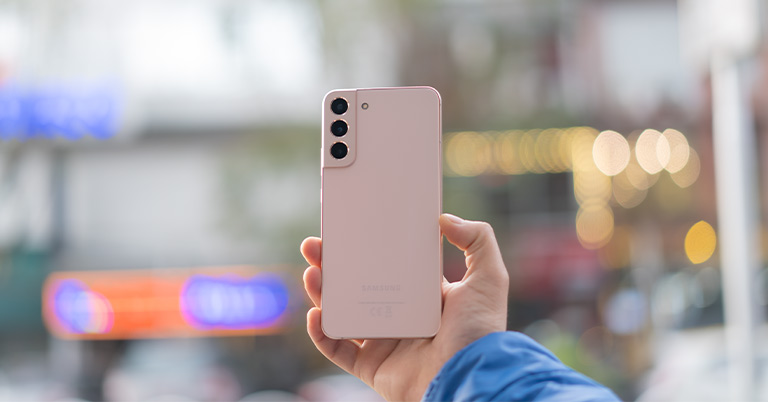
A quick intro before heading into this review of the Samsung Galaxy S22+. It’s no surprise that among all three phones in Samsung’s Galaxy S22 series, the S22 Ultra has been getting all the attention while the regular S22 and S22+ are, well, living under its shadow.
And that’s totally understandable! I mean, the Ultra has gotten a complete design overhaul this time whereas it also brings the S-Pen built-in—and a fancier camera setup. But, this also begs another question, “Is Samsung deliberately skipping some essential features on the Plus model to make the Ultra look better?”
Samsung Galaxy S22+ Specifications:
- Body: 75.8 x 157.4 x 7.6mm, 196 gm, Gorilla Glass Victus+ back, Armored aluminum frames, IP68 dust-water resistant
- Display: 6.6-inches Dynamic AMOLED 2X, 120Hz refresh rate, 240Hz touch sampling rate, Gorilla Glass Victus+, 1750 nits peak brightness, Vision Booster
- Resolution: FHD+ (2340 x 1080 pixels), 393 PPI, 19.5:9 aspect ratio
- Chipset: Qualcomm Snapdragon 8 Gen 1 5G (4nm mobile platform)
- CPU: Octa-core:
– 1x Cortex-X2 (3.0 GHz)
– 3x Cortex-A710 (2.5 GHz)
– 4x Cortex-A510 (1.8 GHz) - GPU: Adreno 730
- Memory: 8GB LPDDR5 RAM, 128/256GB UFS 3.1 storage (fixed)
- Software & UI: Android 12 with Samsung’s One UI 4.1 on top
- Rear Camera: Triple (with LED flash);
– 50MP, f/1.8 primary sensor, OIS, Dual Pixel AF
– 12MP, f/2.2 ultrawide sensor, 120º FoV
– 10MP, f/2.4 telephoto lens, 3x optical zoom, OIS - Front Camera: 10MP, f/2.2 sensor (hole-punch cutout)
- Audio: Dual stereo speaker, Dolby Atmos audio, No 3.5mm headphone jack
- Security: Ultrasonic in-display fingerprint sensor, Face unlock, Knox
- Sensors: Accelerometer, Barometer, Gyro, Geomagnetic, Hall, Light, Proximity
- Connectivity: Dual-SIM (Nano), WiFi 6E a/b/g/n/ac/ax (Dual-band), Bluetooth 5.2, GPS / AGPS / Glonass / Beidou / Galileo / QZSS, USB Type-C, UWB, 4G LTE (VoLTE), 5G
- Battery: 4500mAh with 45W wired charging (no power adapter provided)
- Wireless Charging: Yes (15W), Wireless PowerShare
- Color Options: Phantom Black, Phantom White, Pink Gold
- What’s inside the box: Galaxy S22+, SIM ejector, USB-C to USB-C cable
- Price in Nepal: Rs. 129,999 (8/256GB)
Samsung Galaxy S22+ Review:
Now, don’t get me wrong—I think this is a reasonably good iterative upgrade from its predecessor. But I can’t help but think how this phone could have been so much better if Samsung had shared some spotlight of the Ultra on to the Plus variant too.
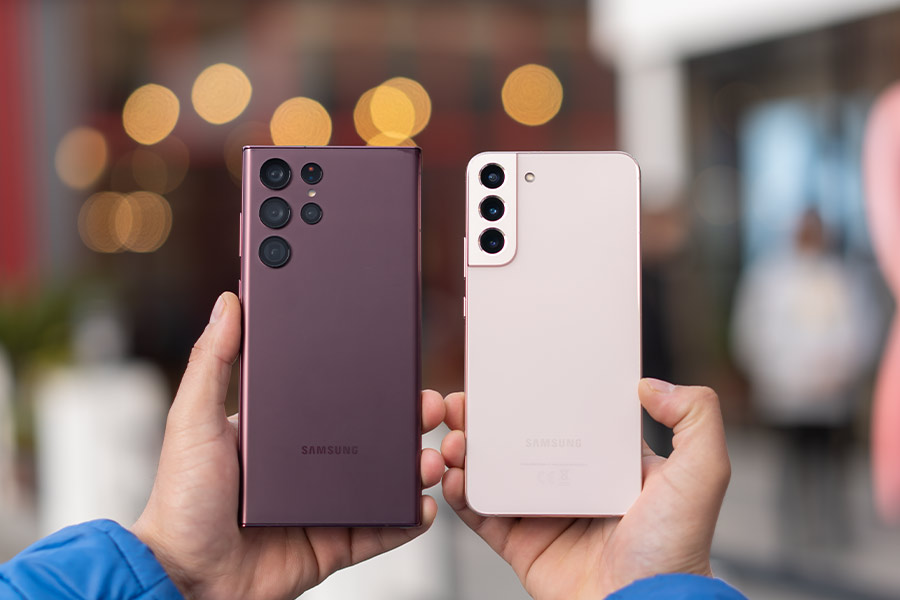
Anyway, I have been using it alongside the S22 Ultra for the past 3 weeks. And in this review, I will be sharing my experience of the Samsung Galaxy S22+ with you guys and also answering the question of whether it’s worth considering it over the Ultra as your daily driver or not. Let’s begin!
Design & Build
- 75.8 x 157.4 x 7.6mm, 196 grams
- Glass front/back, Armored aluminum frames
- IP68 dust-and-water resistant
Okay, let’s start with the design side of things. When I first saw the official renders of the S22+, I thought “hey, it looks exactly like the S21+”. But looks can be deceiving after all since the hands-on feel of this phone turned out to be nothing like the Galaxy S21+.
Ditching the classic curved design, Samsung has gone with a more squared-off form factor with round edges this time—kind of like the iPhones.
And I am both happy and sad about this change!
Happy, because the boxier design helps with the grip a lot. Sad, because, well the edges of the S22+ are a bit… sharp—so holding it might not be that comfortable at times. I just wish Samsung had refined this design a bit more—similar to how the S22 Ultra feels so seamless on the hands.
With the glass back and Armored Aluminum frames, the phone does retain a good heft though. And because Samsung has decided to go with a smaller battery here, the S22+ is actually lighter than the S21+ and a bit thinner too.
And something that I’ve always liked about the “Plus” variants is that they are just the right size. They aren’t too small like the entry-level S-series phone and they aren’t that huge like your Ultras either!
As expected, Samsung hasn’t missed out on any flagship features here. You get Gorilla Glass Victus+ protection—both on front and back—then there’s IP68 dust-and-water resistance and also an awesome pair of stereo speakers.
Audio
- Dual stereo speaker setup
- No 3.5mm headphone jack
Now, these speakers sound really good. Samsung has fine-tuned the already impressive speakers of the S21+ to give us a more balanced output on the S22+. Pitting it against the Ultra, they sound pretty similar. It’s only that this one slightly boosts the highs while the Ultra’s audio is more leveled up. In most cases, you probably won’t notice the difference between the two though!
Display
- 6.6-inches FHD+ Dynamic AMOLED 2X
- 120/240Hz refresh/touch sampling rate
- Corning Gorilla Glass Victus+ protection
- 1750 nits peak brightness, Vision Booster
Samsung always makes sure to provide the best display experience in its flagship phones and you can expect nothing less from the S22+.
This 6.6 inches Dynamic AMOLED display is crisp, the color reproduction is amazing, and it has double the contrast ratio compared to the S21+, which means darker blacks and brighter whites! Not to forget, it achieves 1750 nits of peak brightness, so using it in the brightest environments is not going to result in any kind of visibility issues either.
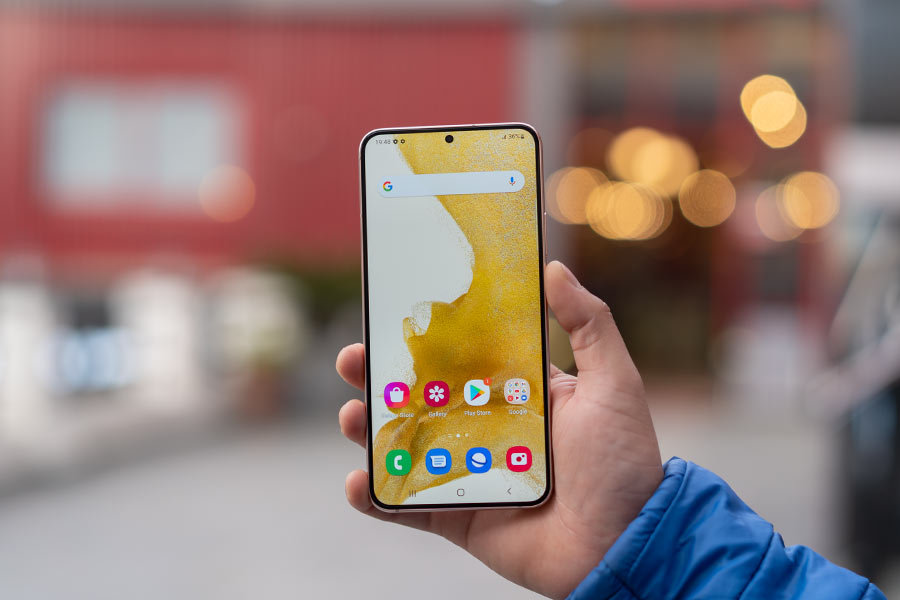
Even in terms of visual aesthetics, the bezels here are symmetrical and almost non-existent, so the viewing experience on the S22+ is among the absolute best. And just like the S22 Ultra, it also brings the “Vision Booster” feature which adjusts things like contrast and color saturation in harsh lighting conditions.
It’s something similar to the True Tone feature you’ll find on iPhones—although this is mostly geared towards maintaining excellent visibility under direct sunlight while maintaining excellent colors and contrast levels. But I found this feature to be quite subtle and even unnoticeable at times though!
Regardless, one thing that has bugged me about this display is how it’s not as adaptive as the S22 Ultra.
The S22 Ultra uses LTPO 2.0 technology and thus features an adaptive refresh rate, where the screen can go from 1 – 120Hz depending on your usage scenario. But the S22+ employs something called an LTPS backplane that can only shift between 48 to 120Hz.
Unnecessarily petty
Honestly, I am a little disappointed to see Samsung make such an unnecessary disparity between these two phones. I think it makes perfect sense to include LTPO 2.0 on the S22+ considering its smaller battery capacity and the fact that this is still a USD 1,000 flagship phone.
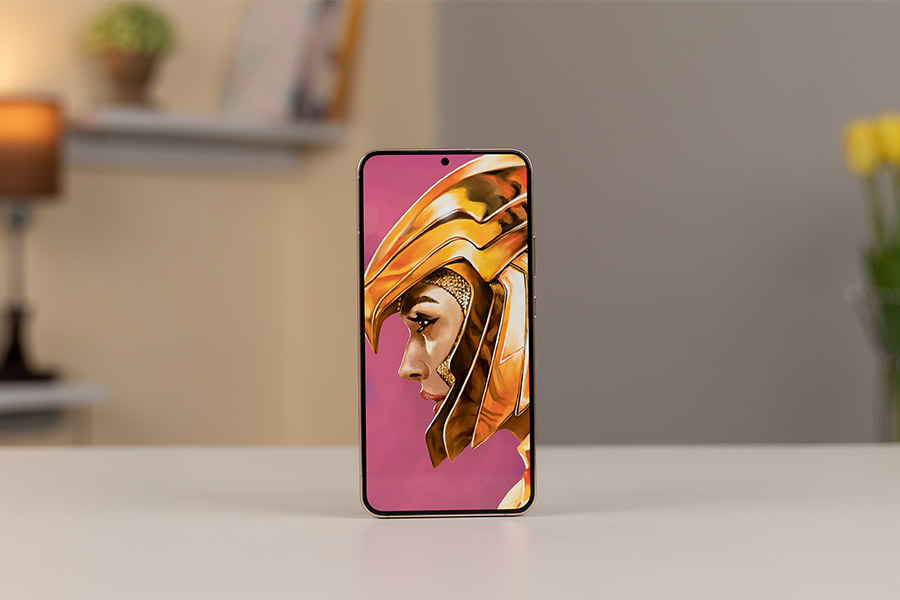
Other than that, I’m quite satisfied with the display experience on this thing. This screen also includes an ultrasonic in-display fingerprint sensor and I have to say that Samsung has really perfected it over the years. The sensor’s response is blazingly fast and it’s quite accurate too.
Also, the haptic feedback here is just great—the vibration is strong but it’s not buzzy at all. Even when I had the phone in my bag, I’ve never missed a call and the typing experience on the S22 + is quite pleasant as well.
Performance
- Octa-core Qualcomm Snapdragon 8 Gen 1 5G SoC (4nm)
- 8GB LPDDR5 RAM, 128/256GB UFS 3.1 storage (fixed)
- Android 12 with Samsung’s One UI 4.1 on top
- 4 years platform, 5 years security updates guaranteed
Okay, supporting the performance on the S22 series is Qualcomm’s latest and greatest Snapdragon 8 Gen 1 or Samsung’s in-house Exynos 2200 chip depending on where you live. Previously, the Nepali market would always get the Exynos model. But it’s the opposite this time.
I’ll admit—I was quite bummed about not getting the Exynos variant since there was a lot of hype surrounding Samsung’s collaboration with AMD for RDNA 2 graphics on the Exynos 2200.

I remember Samsung even posted a tagline saying “Playtime is over” to promote its latest flagship mobile chip. But ultimately, the Exynos 2200’s real-life performance met with a lot of criticism and the Snapdragon variant turned out to be the superior, more stable option after all!
And with that, I’ve found the real-life performance on the Samsung Galaxy S22+ to be great throughout the review period. The phone is fast, responsive, and capable of handling anything you throw at it. From the most demanding games to heavy multitasking, the S22+ can take it all.
As I mentioned before, I have been using it alongside the S22 Ultra and have been monitoring both their performances too. Naturally, with the same chipset and the same software optimization, both phones deliver similar performance during regular, everyday tasks.
Literally not as cool as the S22 Ultra
However, gaming and thermals under heavy load are where the S22 Ultra has a significant upper hand—mainly because of the newer and improved cooling solution it has, which includes a “Gel-TIM” thermal paste.
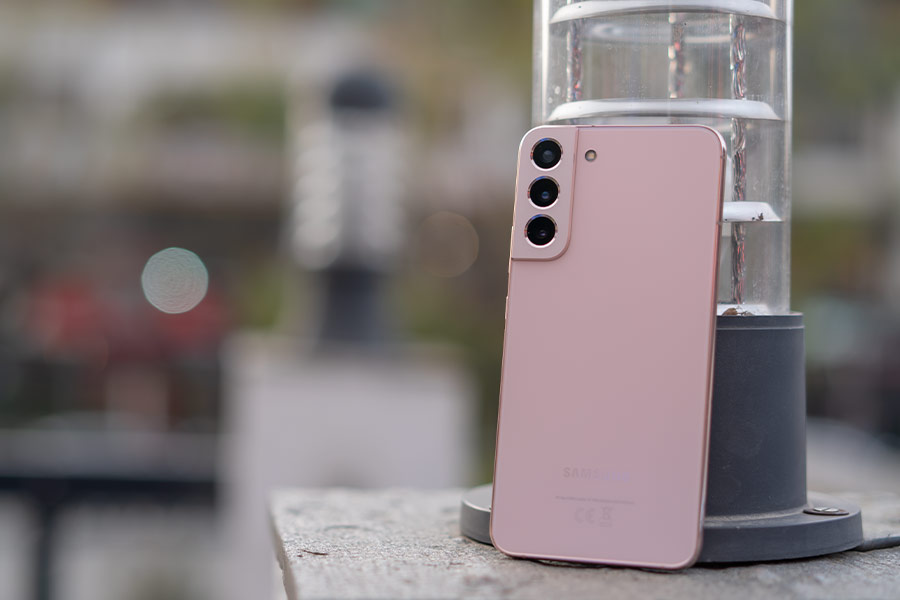
According to Samsung, it can supposedly transfer heat up to 3.5x more effectively than its predecessor along with graphite sheeting for effective cooling—all of which are missing on the regular S22 and S22+.
Samsung Galaxy S22+ Review: Gaming
Hence, demanding games like Genshin Impact play better on the Ultra with slightly higher fps and sustained thermal performance under the highest settings and 60 fps mode turned on. You have to note that the in-game stability is almost similar between these phones though.
It’s just that the S22+ gets considerably warm rather quickly, and reaches around 43°C near and below the camera module after around 20 minutes into the game. To compare, the S22 Ultra was able to keep the thermals in check with a comparatively cooler surface temperature.
In other less demanding games like PUBG and COD though, both phones showed very similar results where the Plus mostly maintained below 40°C temperature, similar to the Ultra.
On a different note, I am also slightly disappointed in Samsung regarding the fact that being a USD 1,000 flagship phone, the S22+ is restricted to just 8GB RAM and up to 256GB storage while you can configure the Ultra with up to 12GB RAM and an insane 1TB storage.
One UI is still as fun and reliable as ever
Now, regarding the software experience, I like how the company has focused on minute details to improve the overall smartphone experience.
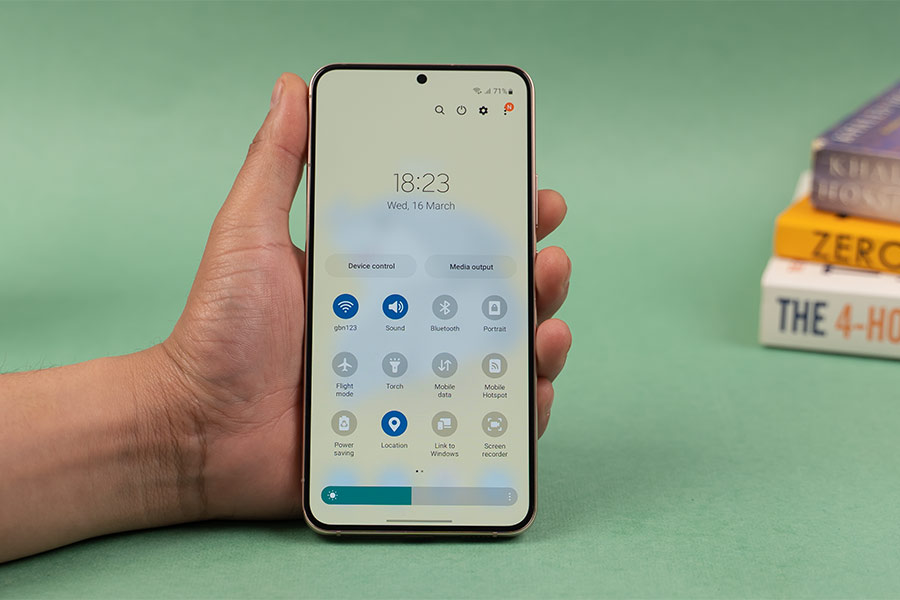
I love how you can match the entire theme of the UI based on the wallpaper you choose and the adaptive refresh rate works flawlessly while switching from one app to another as well. I know, I know—the theming stuff is part of the Android 12 experience but it’s so well implemented on such a heavily customized Android skin.
And lately, Samsung has been doing great in terms of software updates as well. This time around, it has even promised up to 4 years of platform and 5 years of security updates for its flagship phone! Finally, it feels like Android is almost on-par with iOS in terms of software support and I couldn’t be happier about it!
Cameras
- Triple camera setup at the back
- (50MP main, 12MP ultra-wide, 10MP telephoto)
- 10MP selfie camera (hole-punch cutout)
Alright, let’s talk about cameras now. For this review, I compared the cameras on the Samsung Galaxy S22+ to last year’s S21+. As you might know, the company has made a series of changes in the cameras in this iteration. First off, the main sensor here is a 50MP wide lens followed by a 10MP telephoto camera capable of 3x optical zoom compared to the 3x hybrid zoom on the S21+. Finally, there’s a 12MP ultra-wide lens and a 10MP shooter up front for selfies.
Now, with these cameras, there were basically 2 things I wanted to check:
- How much of an improvement is there coming from the S21+?
- What are the differences between S22+ and S22 Ultra’s cameras?
Normal Images
Pitting the images from the S21+ and S22+ against each other, you can notice how Samsung has improved shadow processing with the new 50MP sensor where the details levels are relatively better too.
In general, I find the slightly warmer color tone of the S22+ to look more appealing than the cooler ones from the S21+.
Ultrawide Images
The warmer color tones and better shadow processing extend to ultra-wide images too, while the detail levels remain more-or-less the same.
Selfie Images
And I even found the selfies to have quite similar properties except that the S21+ has a reddish tint, whereas the photos from the S22+ have more of a yellowish tint to them.
As I mentioned earlier, I prefer a warmer hue but it’s totally a matter of personal preference. Also, contrast is a lot more balanced on the S22+.
Portrait Images
The S22+ natively uses its 3x telephoto lens for portrait images while the S21+ zooms in 2x to take the same shot.
S22+’s portraits look great with a nice subject focus and good details, but I wish the shadow processing on subjects was better.
The S21+ does soften the subject—a lot actually—but I found that it was able to process shadows better. Hence, in some scenarios, last year’s S21+ actually brings out better portraits.
Nighttime Images
On the other hand, I found the nighttime pictures of the S22+ to be slightly sharper, a bit brighter, and less noisy.
Night mode on both phones works well to reduce noise, but the S22+ still captures better-detailed shots with slightly superior exposure control too.
So yeah, Samsung has definitely refined the cameras on the S22+. But, it’s worth considering that except for a few subtle improvements, the S21+ is still a great camera phone. And a reliable one at that!
Samsung Galaxy S22+ Review: vs S22 Ultra
Now, comes the more interesting part. Are the cameras on the S22+ as good as the S22 Ultra? Well, if I don’t nitpick, I will say yes. Yeah, it cannot zoom in 100x times like the Ultra, but answer me this: how often would you really use those crazy zoom levels—if at all?
Apart from that, the normal daytime images from the S22 Ultra have better sharpness—even when you zoom in—and they have a slightly warmer color tone too. Besides that, there isn’t much visible difference here.
However, the bigger sensor on the S22 Ultra does struggle to lock focus on close-up subjects which is not a problem for the S22+.
But during nighttime, its 108MP main sensor does manage to capture more light and maintain better sharpness.
And yes, it comes with the same videography prowess as the Ultra where you can shoot up to 8K 24 fps footages with good stabilization. Actually, a lot better stabilization compared to the S21+. But then again, I don’t ever shoot in 8K, so it wasn’t a big deal for me.
Stable at 4K
On the other hand, 4K 60 fps footage is quite stable here, both from the front and the back camera. So if you are someone who’s into vlogging, this is certainly one of the best options out there after the iPhones of course.
Recently, I went on a trip and I shot a lot of videos from both phones. And what I will tell you is that if I go for another trip anytime soon, I will confidently take the S22+ or the Ultra with me for my videography needs.
Battery
- 4500mAh battery with 45W fast charging
- 15W wireless charging, Wireless PowerShare
Lastly, let’s talk get into the battery portion of this review of the Samsung Galaxy S22+. Aaaand… it hasn’t been extraordinary, which is a given considering its smaller battery capacity, a power-hungry processor, and the lack of a better dynamic refresh rate feature. In my normal usage, the phone would go from morning to evening with no trouble on a single charge, but that’s it.
If I had to go out for the night, I would have to recharge the battery again. Yet, Samsung seems to have improved the standby time here. With last year’s S21+, I had graphed the overnight battery drain to be as high as 7-8% but with this phone, that number comes to just 2-3%.
I know, not as good as the iPhones, but it’s noteworthy nonetheless.
For charging, the phone supports up to 45W charging, which seems like an upgrade compared to 25W charging on the S21 series, but there’s more to the story. Using a compatible 45W power brick, I logged the time it goes from 0 to 100% at exactly one hour whereas funnily enough, the phone takes just 5 minutes more for a fill-up using a 25W power adapter.
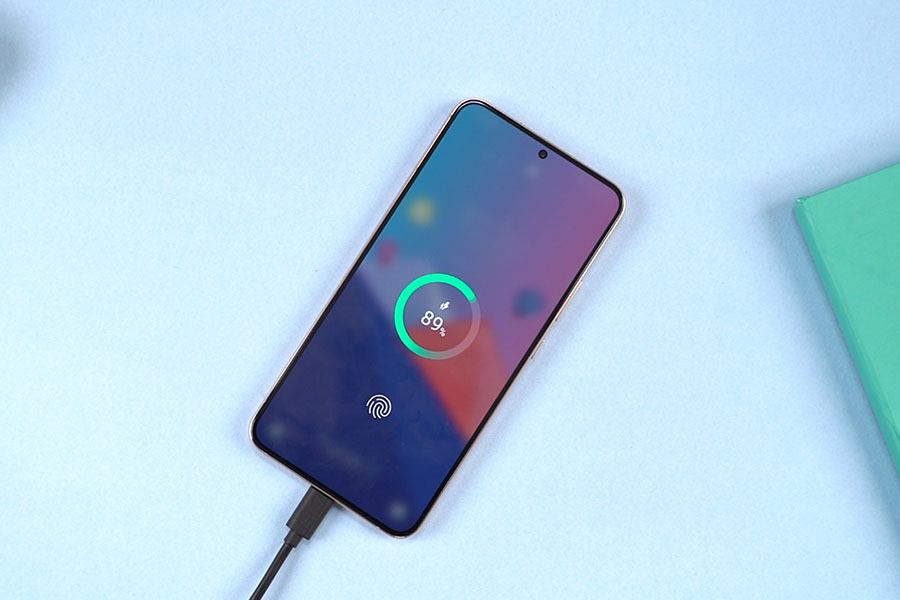
So, if you are thinking of getting the 45W charger for yourself, I would strongly suggest you save the trouble and your money, and go for the 25W charger instead!
Samsung Galaxy S22+ Review: Conclusion
Alright, we have now come to the end of this review and I have to admit that I’ve had a great time using the Samsung Galaxy S22+. I think this is an incredibly practical device for someone who wants to use a flagship Samsung phone, but does not want to go all-in with cash, does not use the S-Pen, and doesn’t need all those fancy zoom capabilities.
For those people, this phone ticks almost all boxes and nails the basics in a really impressive way. I mean, it’s got a great design, an impressive display, cameras that are almost on par with the Ultra, and you’re also getting similar performance levels—if not the same.
Despite everything I discussed throughout this review, I do think Samsung could have made the Galaxy S22+ even better, but decided not to because after all, they’ve got to sell the more expensive phone which has higher profit margins for the company. In the end, this is business!
In an ideal universe, it would have been a perfect phone, if it had all the goodness of the Ultra like the advanced LTPO 2.0 display, the 108MP primary camera, and the new cooling mechanism. Yeah, that would have been a pretty dope universe to live in! So… run, Barry, run… mess up the timeline again!
- Watch our review video of the Samsung Galaxy S22+
Samsung Galaxy S22+ Review: Pros & Cons
Pros:
- Premium build quality
- Great display with symmetrical bezels
- Fluid, top-notch performance
- Best-in-class software update policy
- Takes great photos and videos
Cons:
- No LTPO 2.0 display
- Misses out on S22 Ultra’s cooling system
- Not the best battery endurance
- 45W charging is not as linearly fast as 25W











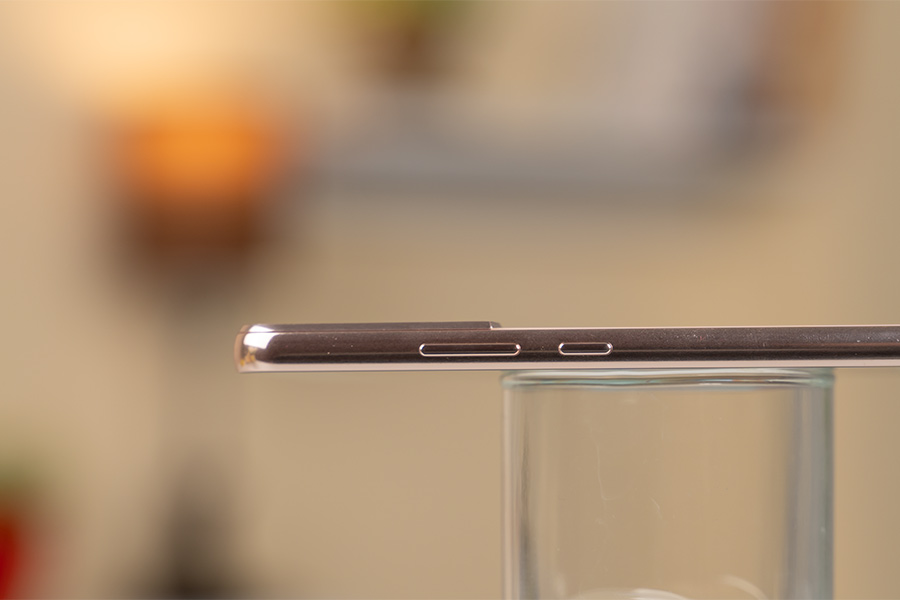




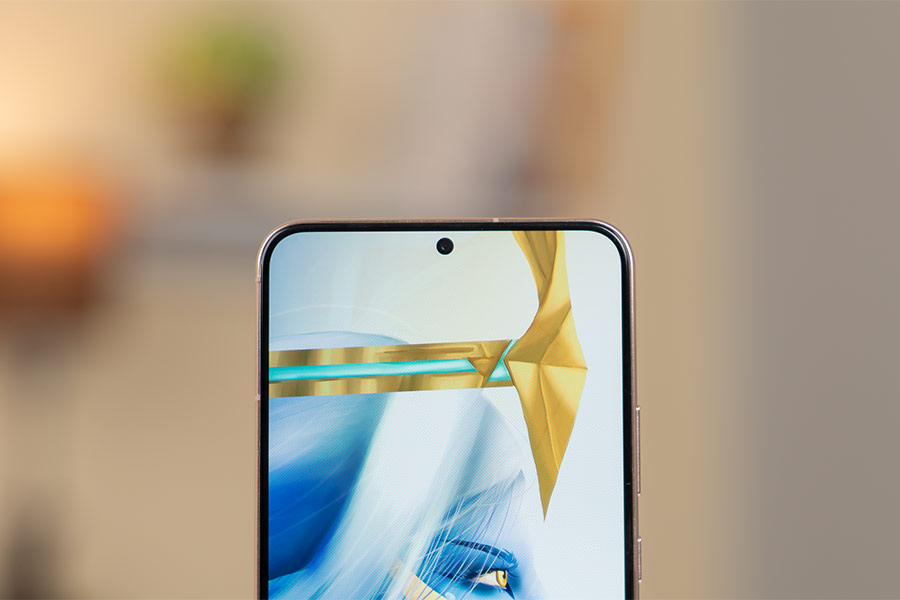



































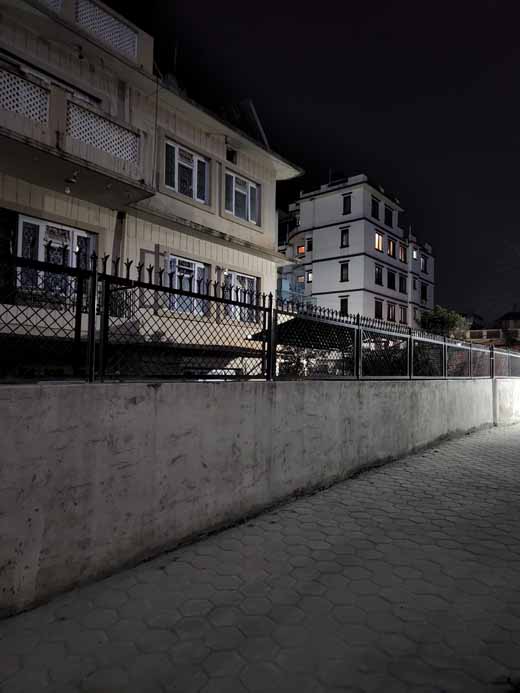
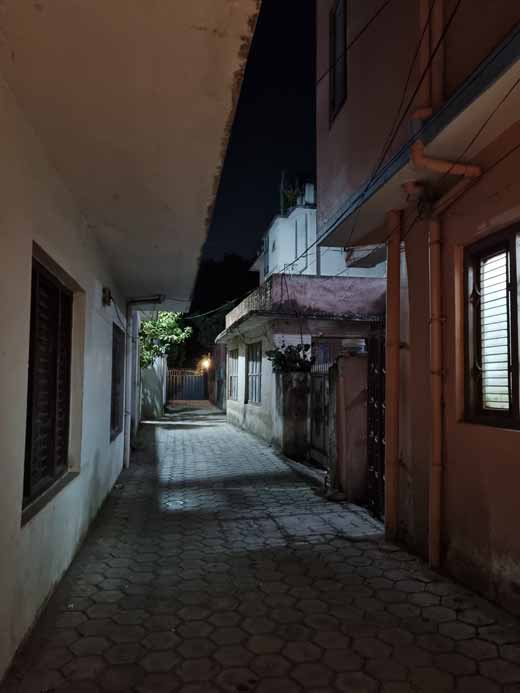
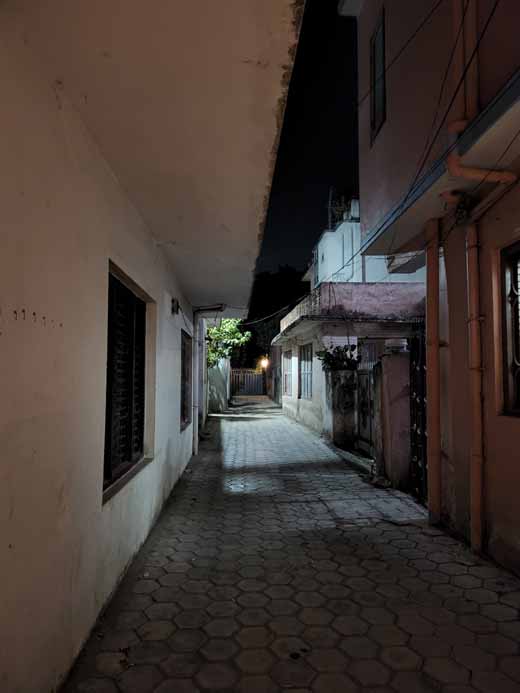

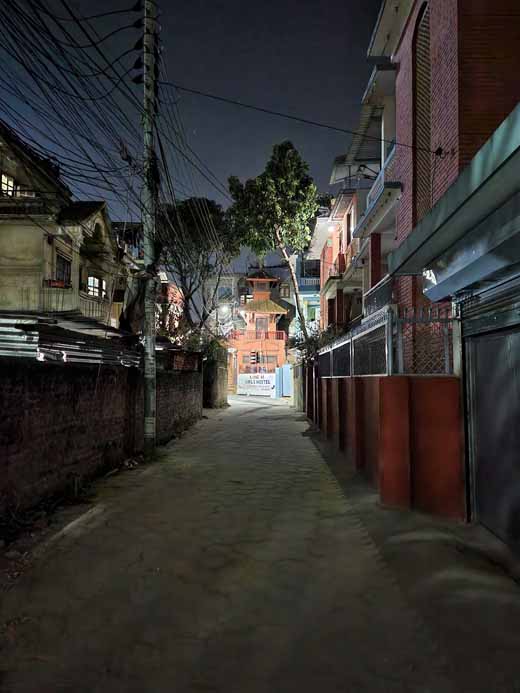


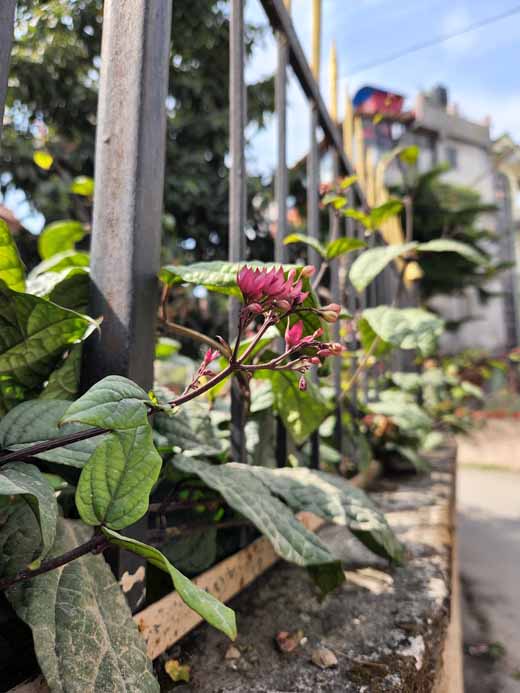
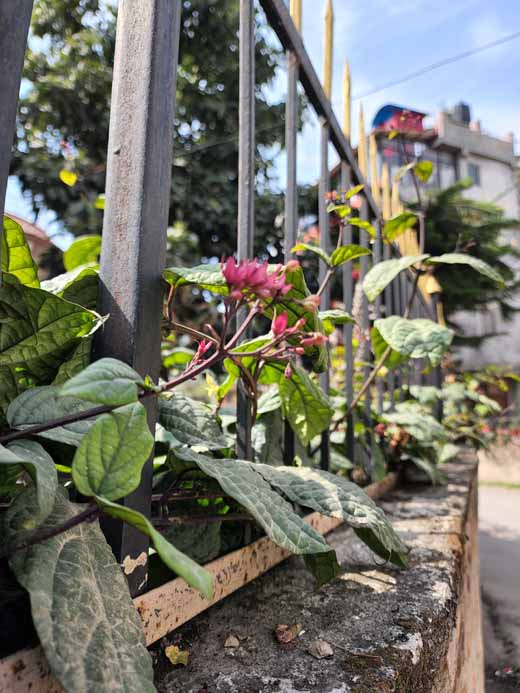







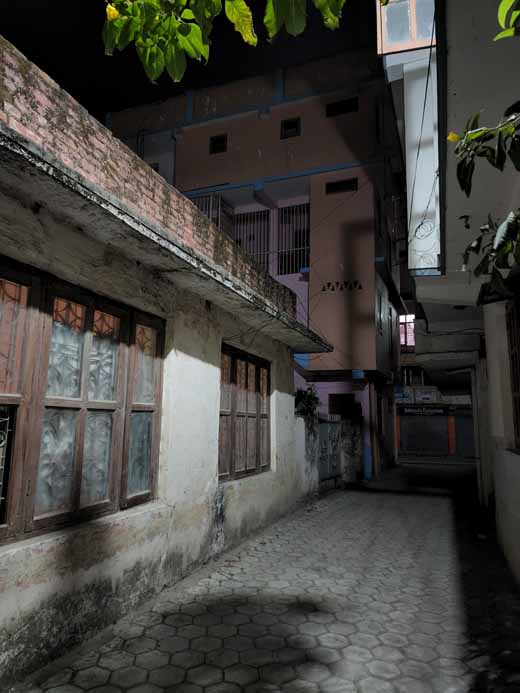
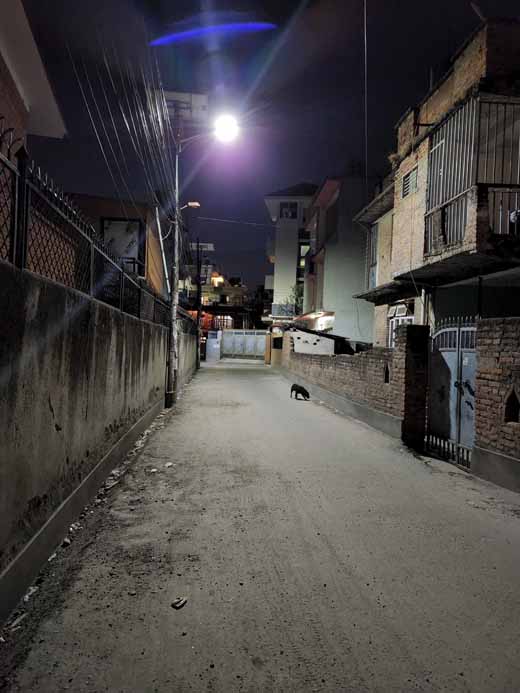
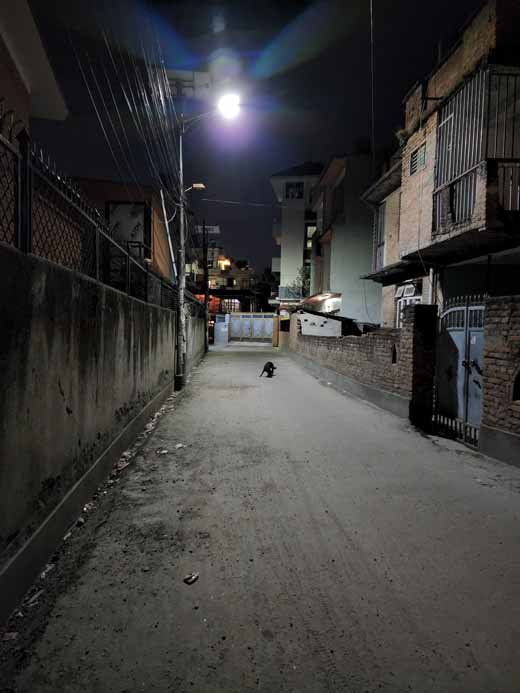
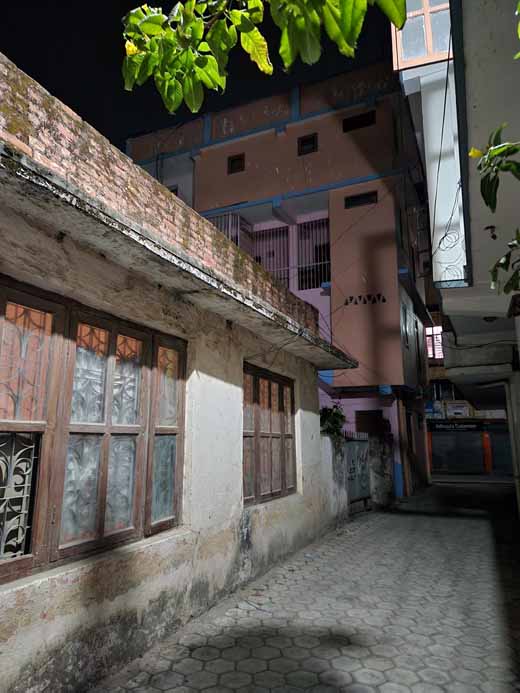
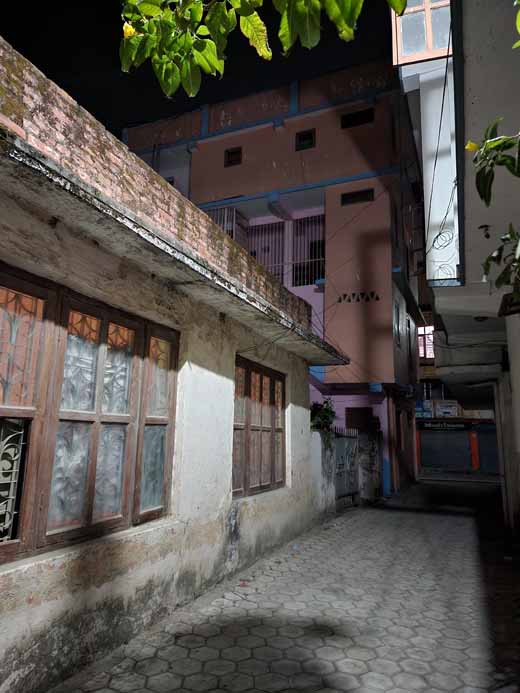
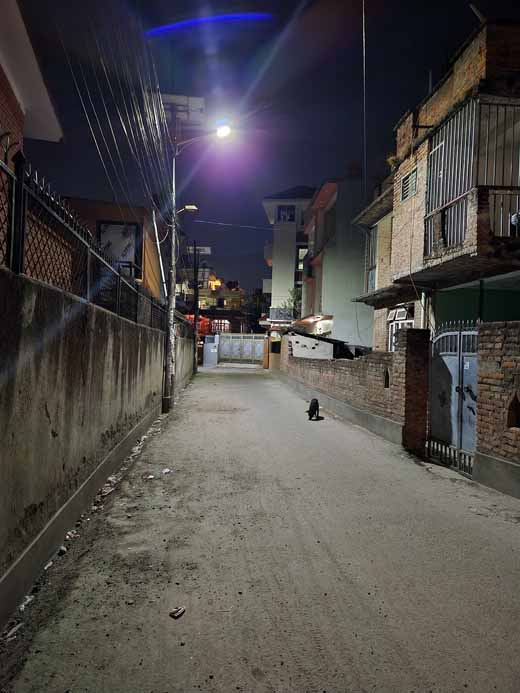
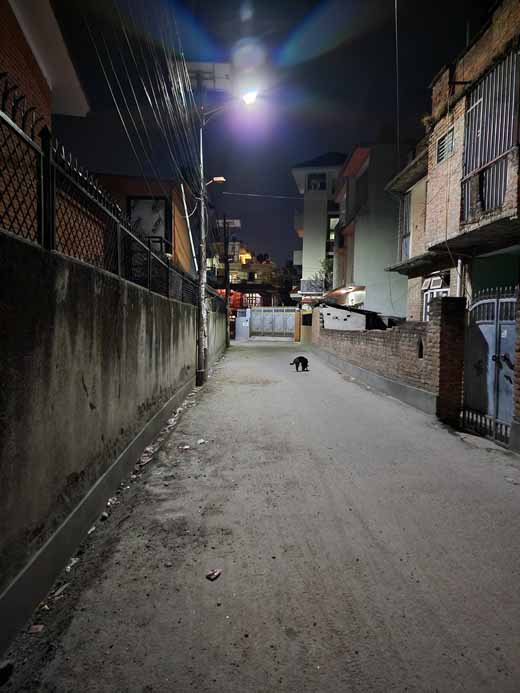




![Best Ultrabooks To Buy in Nepal 2024 [Updated] Best Ultrabook Laptops in Nepal 2023 - June Update](https://cdn.gadgetbytenepal.com/wp-content/uploads/2023/04/Best-Ultrabook-Laptops-in-Nepal-2023-June-Update.jpg)
![Best Gaming Laptops in Nepal 2024 [Updated] Best Gaming Laptops in Nepal 2023 - June Update](https://cdn.gadgetbytenepal.com/wp-content/uploads/2023/04/Best-Gaming-Laptops-in-Nepal-2023-June-Update.jpg)



![Best Mobile Phones Under Rs. 15,000 in Nepal [Updated] Best Phones Under 15000 in Nepal 2024 Budget Smartphones Cheap Affordable](https://cdn.gadgetbytenepal.com/wp-content/uploads/2024/03/Best-Phones-Under-15000-in-Nepal-2024.jpg)
![Best Mobile Phones Under Rs. 20,000 in Nepal [Updated] Best Mobile Phones Under NPR 20000 in Nepal 2023 Updated Samsung Xiaomi Redmi POCO Realme Narzo Benco](https://cdn.gadgetbytenepal.com/wp-content/uploads/2024/01/Best-Phones-Under-20000-in-Nepal-2024.jpg)
![Best Mobile Phones Under Rs. 30,000 in Nepal [Updated]](https://cdn.gadgetbytenepal.com/wp-content/uploads/2023/12/Best-Phones-Under-30000-in-Nepal-2024.jpg)
![Best Mobile Phones Under Rs. 40,000 in Nepal [Updated] Best Phones Under 40000 in Nepal 2024 Smartphones Mobile Midrange](https://cdn.gadgetbytenepal.com/wp-content/uploads/2024/02/Best-Phones-Under-40000-in-Nepal-2024.jpg)
![Best Mobile Phones Under Rs. 50,000 in Nepal [Updated] Best Phones Under 50000 in Nepal 2024 Smartphones Midrange](https://cdn.gadgetbytenepal.com/wp-content/uploads/2024/02/Best-Phones-Under-50000-in-Nepal-2024.jpg)
![Best Flagship Smartphones To Buy In Nepal [Updated] Best Smartphones in Nepal 2024 Flagship Premium Samsung Apple iPhone Xiaomi OnePlus Honor](https://cdn.gadgetbytenepal.com/wp-content/uploads/2023/09/Best-Smartphones-in-Nepal-2024.jpg)